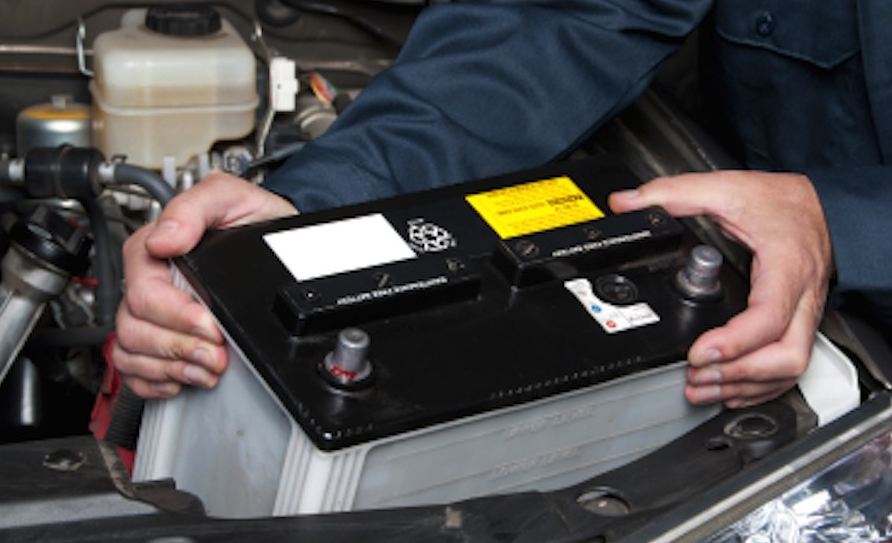Most of us take for granted what happens when we turn our vehicle’s ignition key or push the starter button – we may not consider the intricate system of wires and coils that send electricity through the vehicle to make it operate. Understanding the basics of your vehicle’s electrical system is essential to maintaining safe and effective operation of your car.
The Basics of a Car’s Electrical System
Your vehicle’s electrical system consists of the following three components:
- Battery: The battery is the initial power source that assists with getting your vehicle started. It also functions as the auxiliary power source for vehicle functions like your car’s radio, navigation system or headlights.
- Starter: The starter is the mechanism that activates your vehicle’s engine, using a power source (electrical current from the battery) and a combustion source (fuel) to rotate the flywheel and turn your engine’s crankshaft.
- Alternator: The alternator is the mechanism that keeps your vehicle running by maintaining the flow of the electrical current and simultaneously charging your vehicle’s battery.
If one of these components has an issue, you may experience bigger problems that prevent your vehicle from operating. There are some basic maintenance tasks you can do on your own to keep your electrical system humming properly.
Battery Life and Maintenance
- Today’s batteries last about three to five years with proper care.
- You can easily visually inspect your battery once a month by looking for any signs of corrosion on the battery terminals.
- Corrosion and dirt may build up on the battery terminals and cables. A healthy battery should look clean.
- If you notice corrosion, you can clean it using battery cleaning products from your local auto parts store. Make sure to follow the product directions carefully, as there is a risk of electrocution if the battery or cables are handled improperly.
- You can also make a homemade cleaning solution with a mixture of baking soda and water:
- 1 tablespoon of Baking Soda and 1 cup of very hot water
- Brush on with a toothbrush to scrub off any corrosion; rinse with clean water
- If you want to do a more thorough cleaning, you may consider removing the terminals following your vehicle’s owners’ manual.
Another maintenance item that can help keep your electrical system operating is to have your belts checked periodically for cracking and wear. Belts run when the engine is running and will help generate the ongoing power once your engine is started.
Signs of Electrical Problems
- Dead Battery or Bad Cables: If you experience a dead battery, your vehicle will not turn over. You can tell because you will not hear any sound when you push the starter or turn the ignition key. However, your lights or other functions inside the vehicle may continue to work. A simple jump start can resolve a dead battery. Make sure the battery is holding its charge by having the power checked. If your battery is not holding a charge, you will need to have it replaced. Additionally, make sure the battery cables are not loose or corroded.
- Bad Spark Plugs: Spark plugs are what assist in the ignition of the pistons. Spark plugs can sometimes become loose or dirty and you will notice an issue when your vehicle is lurching or rough idling.
- Malfunctioning Alternator: A bad alternator cannot keep your car’s battery recharged. You may notice your headlights dimming while driving – this is a sign that it may be alternator troubles.
- Bad Starter: If a solenoid in your starter is damaged or malfunctioning, your starter will not turn over the vehicle. You will most likely hear a series of clicks or single click when you push the starter button or turn the ignition key.
There are other electrical system issues that can be addressed by the professional auto technicians at Campus Repair in Ft. Collins, Colorado. If you have concerns about your vehicle, or potential electrical system problems, stop by or contact us to make an appointment today.

